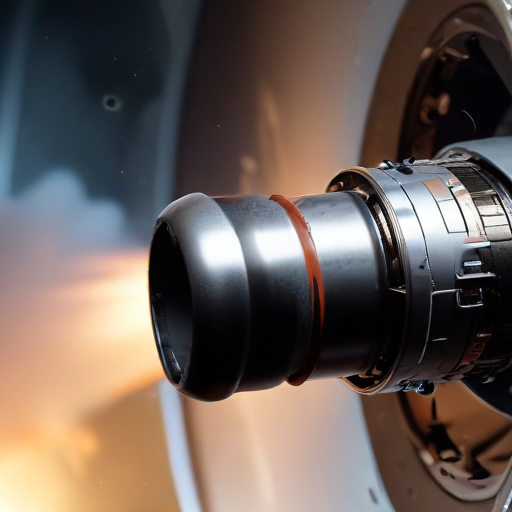The Boeing CST-100 Starliner crew is receiving promising news regarding their anticipated return to Earth. Following the successful completion of ground testing for the spacecraft’s thrusters, which have been inoperable since early June, Boeing and NASA are now moving forward with return plans.
An update revealed that testing of the Starliner’s Reaction Control System (RCS) thrusters at the White Sands Test Facility in New Mexico has concluded, and the teams are now focused on analyzing the data collected. The purpose of this testing was to assess any degradation in the thrusters to better understand the technical issues that led to some of them being disabled during flight.
The term “de-selected” refers to the thrusters that ceased functioning due to leaking helium tanks prior to and during the Starliner’s launch. Despite having 70 hours’ worth of helium onboard, the craft only requires seven for its operational needs. Officials indicated last month that while the spacecraft could technically return to Earth now if necessary, they are not yet prepared for that contingency.
As for the upcoming return flight, previous estimates suggested it could occur by the end of this month, but the timeline has since become less concrete. Engineers from Boeing and NASA are now set to dismantle and inspect the thrusters while preparing for the final readiness reviews for the Starliner’s return trip with commander Butch Wilmore and pilot Suni Williams in the following weeks.
In summary, despite some setbacks, the successful completion of thruster testing marks a significant step towards the Starliner’s return. This positive development offers hope for a resolution to the challenges faced during this mission, bringing the crew one step closer to reuniting with their home planet.
This situation highlights the resilience of the teams involved in space exploration and their dedication to overcoming technical hurdles, paving the way for future innovations and successes in space travel.
